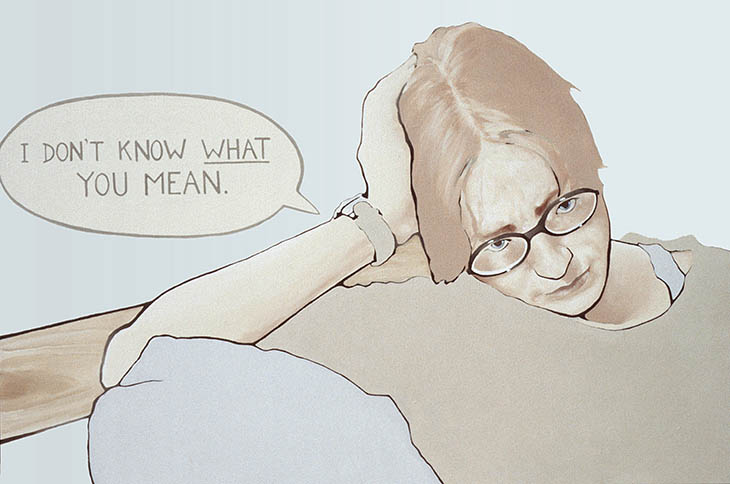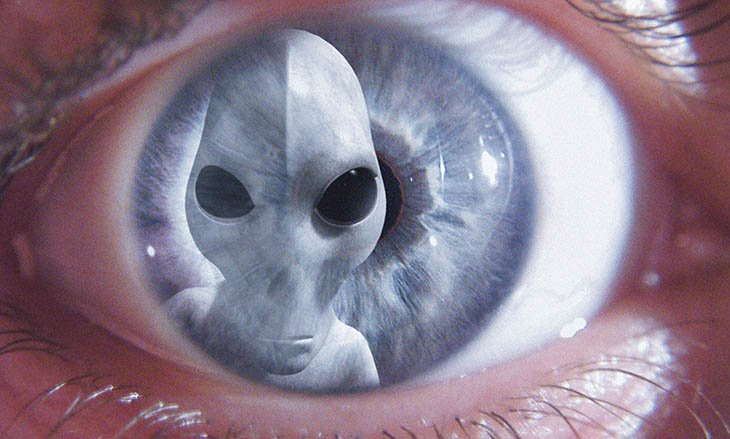This article was originally published at the defunct Insight blog at Skeptic.com on March 3, 2015. An archived version is available here.
In recent months I’ve been hard at work on a three-part series of Junior Skeptic articles exploring fringe theories regarding the shape of the Earth. The issue on newsstands now [archive link] considers the peculiar history of claims that our world is as flat as a pancake. Our upcoming issue considers the (surprisingly) much more reputable history of hollow-Earth thinking through to the end of the 19th century. To complete the series, I am working now on an issue about 20th century hollow-Earth beliefs with their frankly creepy intersections with conspiracy theories, flying saucers, Nazis, and madness. Read more

